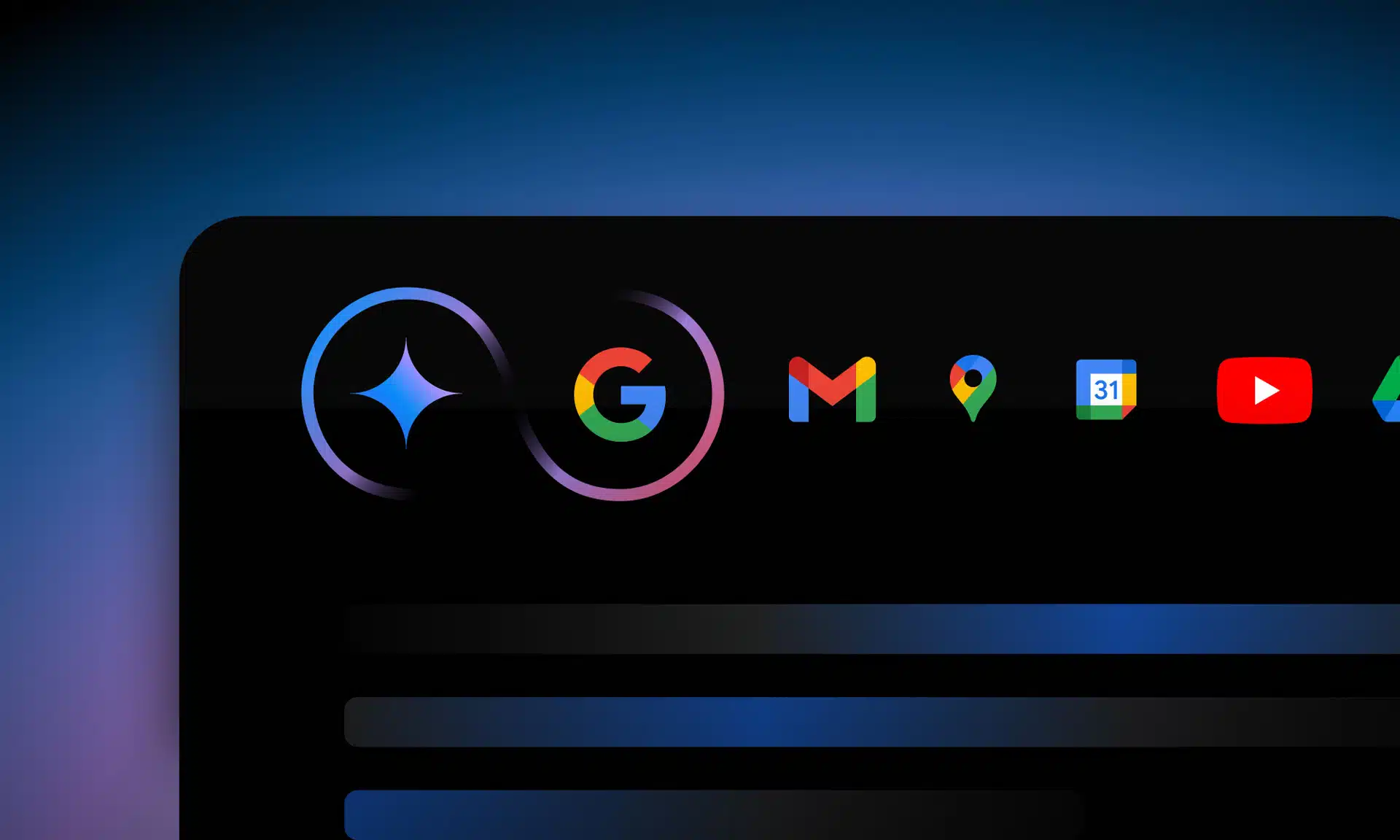Google confirms rolling out the mobile intrusive interstitials penalty yesterday
Google said the mobile intrusive interstitial penalty went live yesterday, but webmasters have not claimed any issues yet.
Google has officially confirmed they have begun rolling out the intrusive mobile interstitial penalty yesterday. Google warned us that this was coming almost a six months ago, and it did start rolling out on January 10, 2017, as Google promised.
Google’s John Mueller and Gary Illyes confirmed the penalty began rolling out yesterday.
This penalty only impacts intrusive interstitials that happen directly after going from a Google mobile search result to a specific page. It does not impact or penalize pages after that, so if you have a intrusive interstitial that comes up later in the click path on your website, this won’t impact it: it only looks for the intrusive interstitial after the click from the Google search results page.
Google said this means “pages where content is not easily accessible to a user on the transition from the mobile search results may not rank as highly.”
Google explained which types of interstitials are going to be problematic, including:
- showing a popup that covers the main content, either immediately after the user navigates to a page from the search results or while they are looking through the page.
- displaying a standalone interstitial that the user has to dismiss before accessing the main content.
- using a layout where the above-the-fold portion of the page appears similar to a standalone interstitial, but the original content has been inlined underneath the fold.
Here is a diagram from Google to convey the above points:
Google listed three types of interstitials that “would not be affected by the new signal” if “used responsibly.” Those types are:
- Interstitials that appear to be in response to a legal obligation, such as for cookie usage or for age verification.
- Login dialogs on sites where content is not publicly indexable. For example, this would include private content such as email or unindexable content that is behind a paywall.
- Banners that use a reasonable amount of screen space and are easily dismissible. The app install banners provided by Safari and Chrome are examples of banners that use a reasonable amount of screen space.
Here is a diagram from Google to convey the above points:
We have yet to hear of webmasters complaining about being hit by this penalty, but as things change, we will let you know.
Search Engine Land is owned by Semrush. We remain committed to providing high-quality coverage of marketing topics. Unless otherwise noted, this page’s content was written by either an employee or a paid contractor of Semrush Inc.





